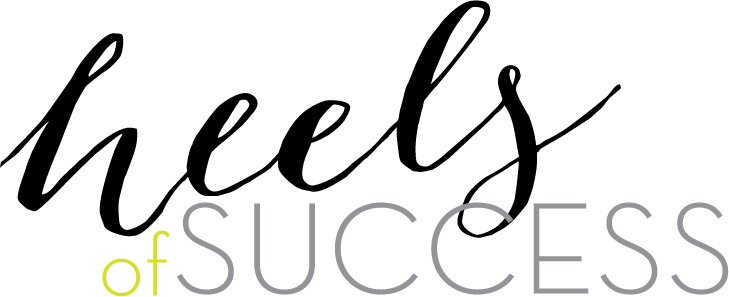This is an interesting question to ask in the midst of so many women coming forward with stories of sexual harassment in the workplace. Sexual harassment and sexual assault is a huge problem in our society, and it is interconnected with so many other instances of degradation, dismissive behavior and deeply ingrained attitudes about women who seek equal opportunity and power. I started to write this particular blog post before the #MeToo movement – I planned on simply recounting a recent situation where I was among a few women in a group full of more than 70 male leaders. A very prominent male business leader made a presentation to the group, and afterwards opened the room up for questions. The first hand raised was that of a woman. The presenter proceeded to call on 4 men, all of whom had their hands up after the woman. Finally, when prompted by a woman who was with him, the presenter finally called on the woman who had first raised her hand.
Unfortunately, this is not an unusual story, but it reminded me how often women are still invisible. Yes, it is not as serious as experiencing sexual harassment, but it is never-the-less a symptom of women not being seen as powerful as men. I had a conversation with my step-daughter about this topic and her perspective was that it’s all behavior that falls on the same continuum. It may not be sexual harassment, but to the women in the room, including me, it still felt demoralizing and degrading.
I knew after the meeting that I needed to say something. I pointed out the behavior to the facilitator and reminded him that he needs to be aware of the dynamic in the room. He had not noticed, and was thankful that I had made him aware of the situation. As women, we need to come forward to point out behavior that creates the dynamic that positions women as invisible.


As I advance in my career, I have a better appreciation of the importance of diversity in the workplace. It is important as leaders that we are not just passively aware of gender differences but that we are actively evaluating our own potential biases in any situation and those of others. Having recently called out a similar observation of my own, I recognize how important it is to have an active voice in advocating for gender equality. Even if it causes pause for reflection with the team, it is a value-added effort. Thank you for sharing your experience and for speaking up in the moment. I am certain this will resonate with this facilitator moving forward.
This is so true, and women aspiring to be leaders are lucky to have the two of you speaking up when you become aware of these instances. I too speak up, but I am not at the point in my career to make a big different yet. I truly believe that sometimes men do not even realize that they are doing it. It is just a learned, routine behavior. The more people who bring attention to situations and behaviors such as this, the better chance we have to eliminate them.